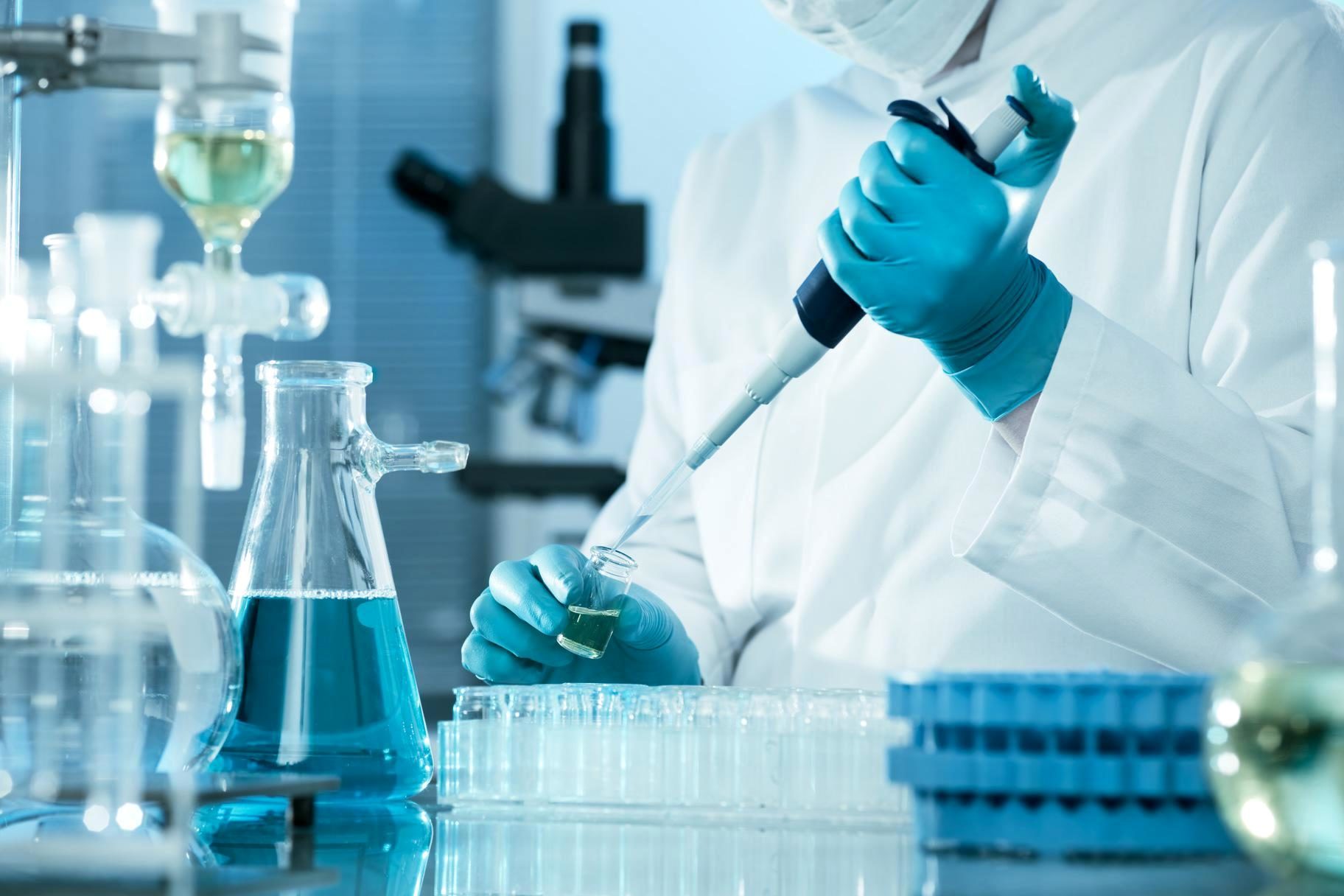ASTM D471 Rubber Chemical Resistance Safety Testing
The ASTM D471 Standard Test Method for Rubber—Deterioration in Oil and Other Liquids is a critical service offered by our laboratory, designed to evaluate the resistance of rubber materials to chemical degradation caused by exposure to various liquids. This testing is essential for ensuring that rubber components used in automotive applications remain durable and functional over their intended lifespan.
The automotive sector relies heavily on rubber components such as seals, gaskets, hoses, and other parts that must withstand a wide range of environmental conditions. Rubber materials can be exposed to various chemicals during the manufacturing process or while in service within the vehicle. The ASTM D471 test simulates real-world scenarios by subjecting rubber samples to immersion in specified liquids for extended periods.
The testing method is designed to provide a standardized approach to assessing the chemical resistance of rubber materials. This ensures that manufacturers can rely on consistent and repeatable results, which are crucial for meeting regulatory standards and quality expectations.
Test Parameters
- Liquid Selection: The test specifies a range of liquids including mineral oil, kerosene, n-heptane, xylene, toluene, acetone, ethyl acetate, and chloroform.
- Sample Preparation: Rubber specimens are cut into specific dimensions and prepared according to the ASTM D471 guidelines. These samples are then immersed in the specified liquids under controlled conditions.
Instrumentation
The testing process involves the use of a variety of specialized equipment designed to ensure accurate and consistent results. Key components include:
- Ambient temperature control for precise environmental simulation.
- Absorption apparatus to measure the rate of chemical absorption by the rubber sample.
- Specimen holders that maintain proper orientation during immersion.
Reporting
The results of the ASTM D471 test are comprehensive and include detailed information on:
- The rate of deterioration in terms of physical changes such as swelling, cracking, or loss of elasticity.
- Mass change measurements to quantify any weight loss due to chemical reaction.
- A comparison of the rubber sample's properties before and after exposure to the liquid.
Applied Standards
| Standard | Description |
|---|---|
| ASTM D471-20 | This standard specifies the procedure for determining the resistance of rubber to deterioration in a variety of liquids. |
| ISO 3448:2016 | An international counterpart that provides similar guidelines on chemical resistance testing. |
Applied Standards
The ASTM D471 test is based on strict standards that ensure the accuracy and reliability of our testing process. The primary standard used is ASTM D471-20, which specifies the procedure for determining the resistance of rubber to deterioration in various liquids. This standard ensures that all tests conducted are consistent with industry best practices.
Additionally, ISO 3448:2016 provides supplementary guidelines on chemical resistance testing and can be used as a reference point for our testing protocols. Both standards emphasize the importance of controlled conditions and precise measurement techniques to ensure accurate results.
Scope and Methodology
The ASTM D471 test is designed to evaluate the chemical resistance of rubber materials by subjecting them to a series of liquids. The process involves immersing rubber specimens in specific liquids for predetermined durations under controlled conditions. This allows us to simulate real-world scenarios where rubber components may be exposed to various chemicals.
The scope of the test includes evaluating physical changes such as swelling, cracking, or loss of elasticity. Additionally, we measure any mass change that occurs due to chemical reactions. These measurements provide a comprehensive understanding of how the rubber material responds to different liquids.
Competitive Advantage and Market Impact
- Consistent Results: Our laboratory ensures that all tests are conducted under strict quality control measures, providing consistent results across multiple samples and clients.
- Innovation Support: By offering ASTM D471 testing, we support the development of innovative rubber materials for automotive applications. This helps manufacturers stay ahead of industry trends and regulatory requirements.





